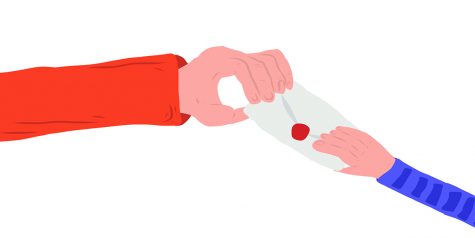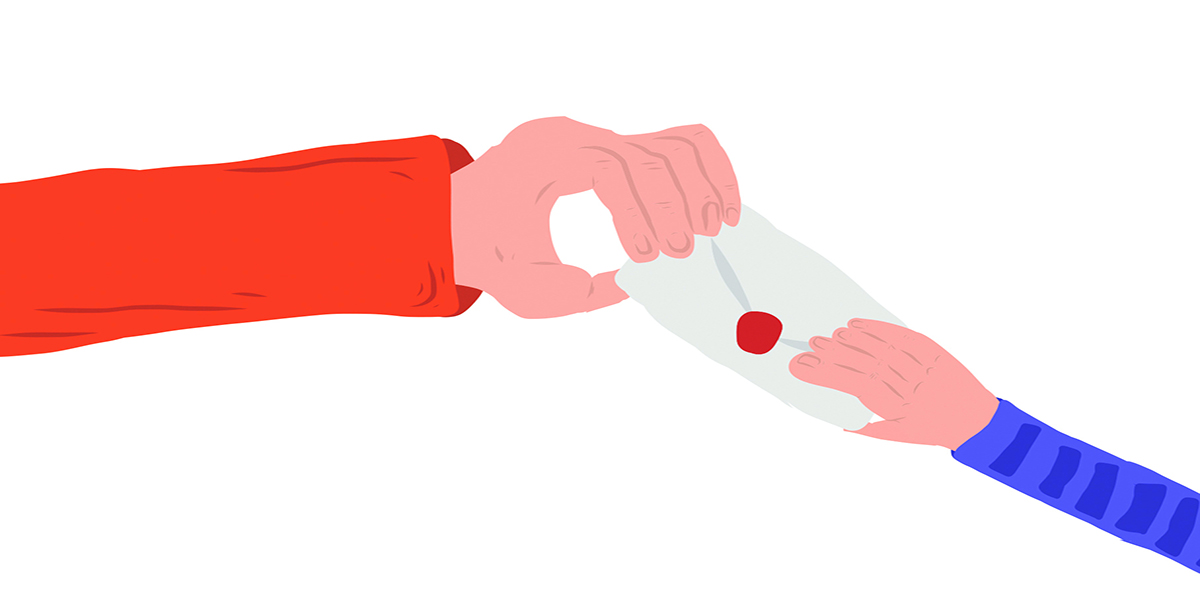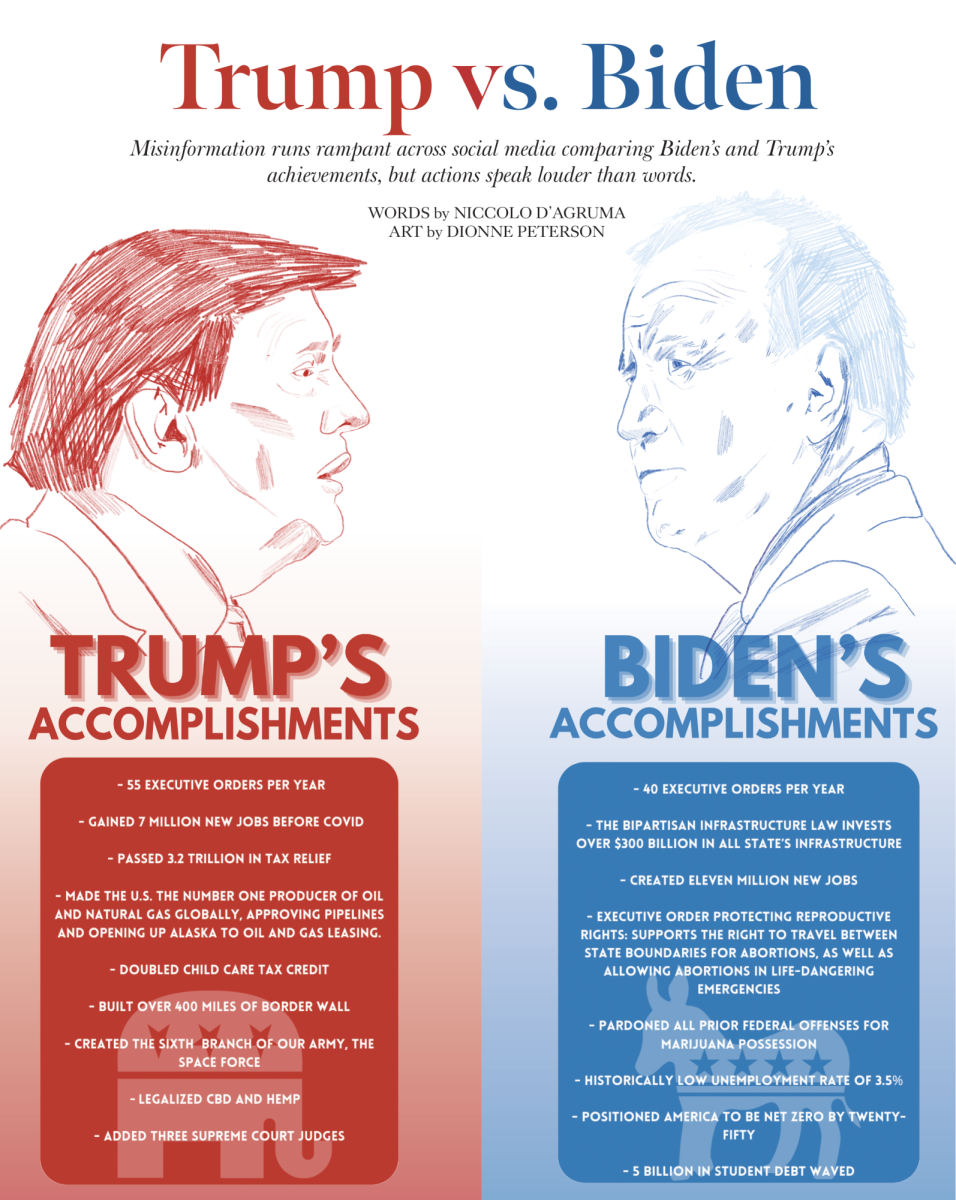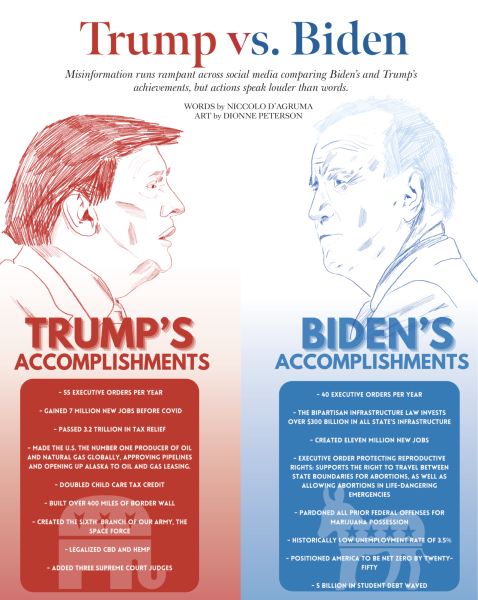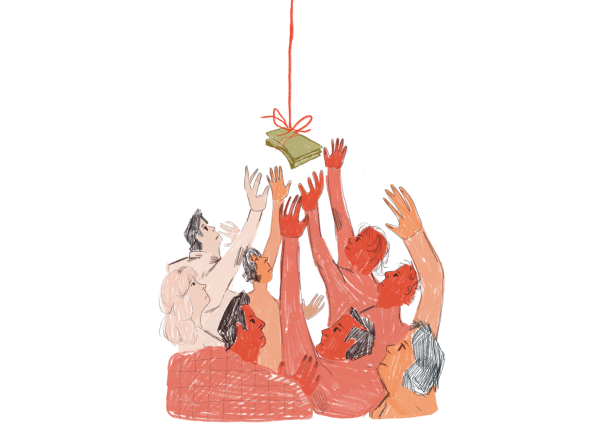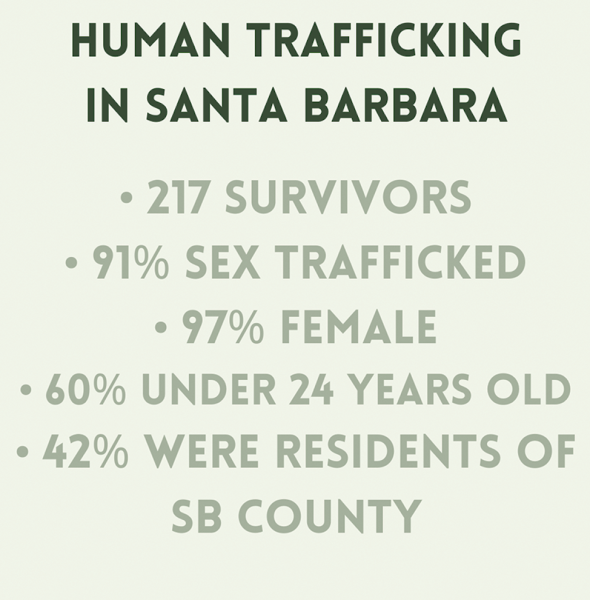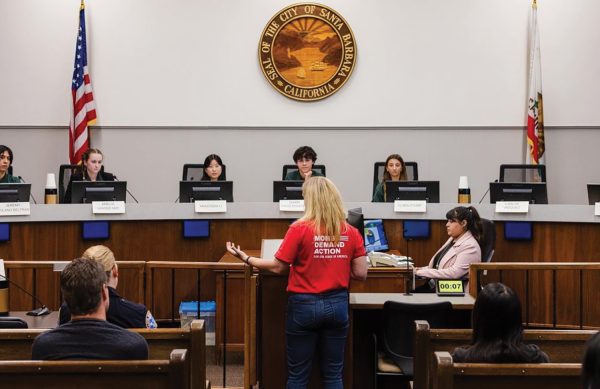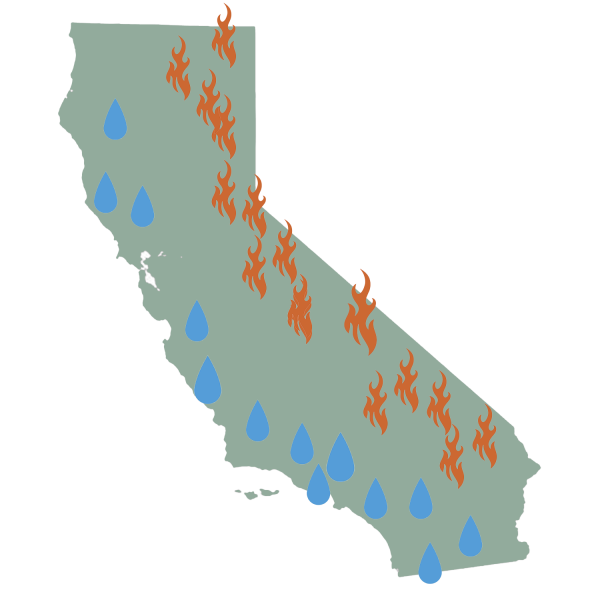Letters to Kaczynski
April 27, 2017
There’s a lot more to history than what you read in books.
History is unique among school subjects because it is constantly changing. It’s important to look at the past, but it’s also important to realize that the past is relative: it could be five minutes ago or five hundred million years ago. For such a rapidly evolving subject, teachers need to balance reading from textbooks about things that happened centuries ago and reading on the Internet about events transpiring around us every day.
A teacher who may have found this balance is history instructor Kevin Shertzer. In addition to teaching tenth grade World History, Shertzer teaches electives including Critical Thinking and Current Events.
Shertzer’s history class, while drawing the majority of its information from the past, forges ample comparisons to our modern world. These comparisons are beneficial, according to sophomore Stella Haffner, because they “[allow students] not only to see [historical concepts] but to make connections to what’s happening currently.”
But Shertzer doesn’t just bring current events into the classroom — recently, he brought the classroom to the current events. While learning about the Industrial Revolution in class, sophomores were exposed to the writings of Ted Kaczynski, better known as the Unabomber, an infamous terrorist active from the late seventies to the mid nineties.
His name came from the victims he targeted: He was given the acronym UNABOM, which referred to the universities and airlines that he targeted with bombs disguised in packages.
The truly interesting part of his ethos was his motivation for these violent acts, described in the Unabomber’s Manifesto.
Clocking in at a whopping 35 thousand words (roughly half of the first “Harry Potter” book), the Manifesto was the Unabomber’s Magnum Opus, his raison d’être, the culmination of what he’d spent a lifetime passionately believing.
When Kaczynski promised to cease the bombings if the Manifesto was printed in a newspaper, the Washington Post had no choice but to comply. He was caught when his brother linked the Manifesto to Ted Kaczynski.
His anti-industrialism beliefs were the antithesis to the movement that students were learning about. Students learned that, while many people approve of it, “industrialization can… slow down other skills… [people] shouldn’t rely on these fancy machines” sophomore student Kovid Mishra said.
Mishra continued, saying that, according to Kaczynski, the entire idea of industrialism can “lower your innovation levels.” Looking at issues from another side of the story helps students be able to understand both the upsides and downsides of a topic, as well as be able to look at it objectively.
Shertzer, however, wasn’t content with reading the Manifesto. To truly learn something, one requires immersion. Shertzer, to sate this required total immersion, proposed a radical idea to students: write the Unabomber a letter.
In early December, all of the students had one week to write letters (under false names) to where Kaczynski was incarcerated in Colorado. While students had the option to opt out, none took the option.
The students’ letters were sent out in a single envelope. Haffner “found it highly improbable that [they] would get any kind of response.” This sentiment was shared by her classmates, and even her teacher.
That’s why it came as a huge surprise when, shortly after sending it out, the class received a reply. Written in tidy handwriting, the letter from one of the most notorious terrorists of the modern era was unassuming to say the least.
Its contents were almost as surprising as the existence of the letter itself. Not only had Kaczynski read all of the students’ letters, but he had actually answered questions.
For most of the questions, he referred students to find answers in his Manifesto.
Interestingly enough, one of the few letters that Kaczynski provided a direct answer to was a math problem from sophomore Caitlin Gainey.
Gainey, stating that “the best way to appeal to people is to talk to them about their interests,” took advantage of the fact that the Unabomber is famously a “mathematical prodigy.” She decided to use this, and “catch his attention with some multi-variable calculus problems.”
While other letter-writers posed questions about his crimes, his morality, and the resounding moral repercussions of his deplorable actions, Gainey’s alternate approach was one of the only questions that got an answer.
On the surface, writing to a known terrorist is at best fruitless, at worst dangerous. But a closer look reveals the true virtues of the idea. Shertzer wanted to remind kids that despite these historical figures’ fame, “they’re still people… you feel like you can’t contact them, and the truth is you can.”
What Shertzer taught his students is that when you are looking at something as divisive as history, it’s always best to get another opinion. History isn’t linear like it is in textbooks. It’s a multifaceted kaleidoscope of jigsaw puzzle pieces, and everybody has a different way of putting them together. Plus, Shertzer said that students “were asking questions that [he] couldn’t answer.”
A truly great history class gives students the facts, the information, the story as it is. It’s up to the students to fill in the blanks and put the jigsaw pieces together, and exactly how they do that is up to them. In writing to a real historical figure, Shertzer said he was “empowering the students, in a sense,” ideally bringing a personal aspect into what can be a very impersonal subject.
Ted Kaczynski is a man who put his puzzle pieces together in a way that nobody else did. His puzzle, however, was just a bit broken, but that doesn’t mean that it has nothing to offer. And as students put together their own puzzles, even broken ones can have meaning.